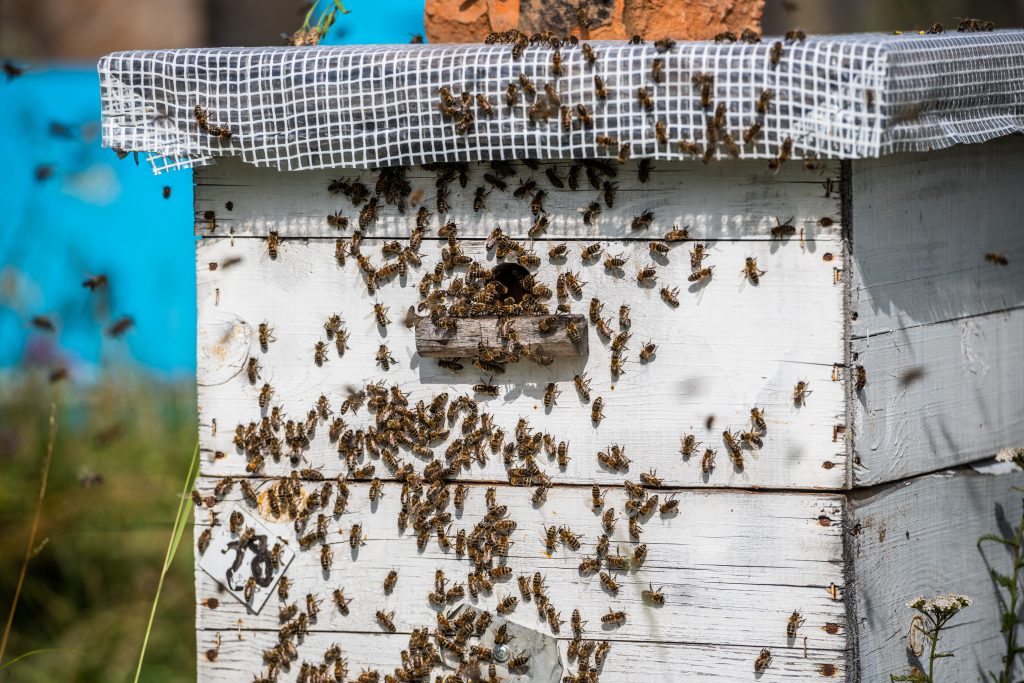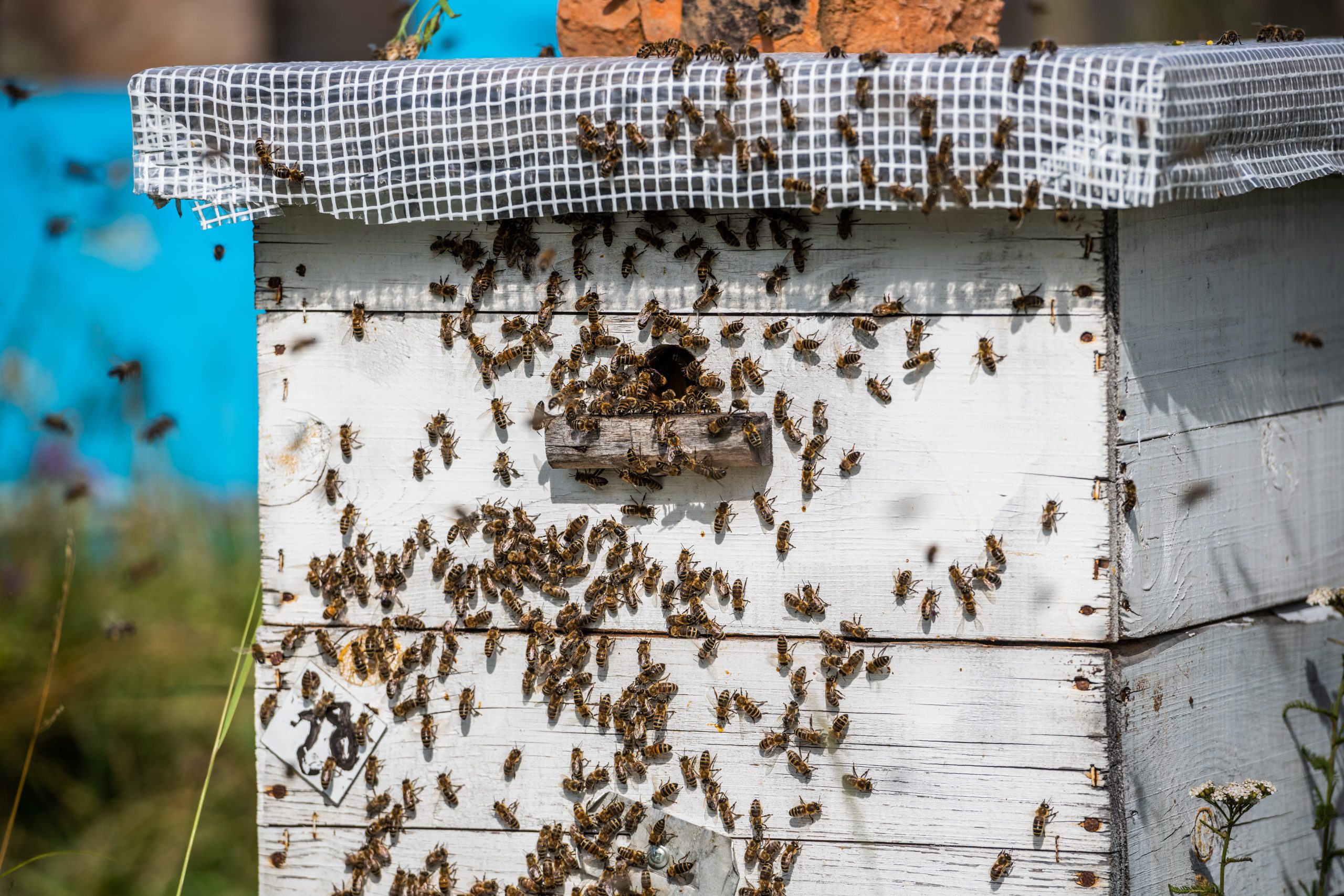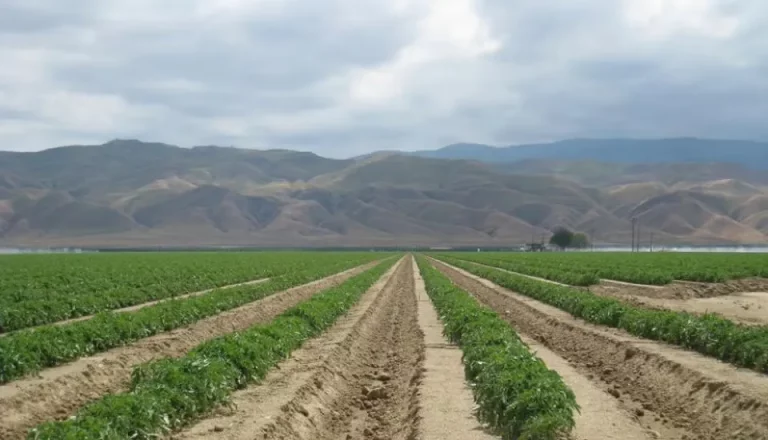Yanasa TV News
Unprecedented 70% Honeybee Die-Off in 2025 Sparks Alarms Over U.S. Food Security
A shocking new USDA study reveals that viruses carried by pesticide-resistant Varroa mites are fueling the catastrophic 2025 honeybee die-off. With over 60% of colonies lost, U.S. food security is under serious threat—and current treatments may no longer work.

In early 2025, U.S. beekeepers reported catastrophic honeybee colony losses, with some operations losing up to 70% of their hives. This unprecedented decline threatens pollination services vital to agriculture and food security.morningagclips.com
The Scale of the Crisis
Commercial beekeepers across the United States have experienced significant colony losses. Data from Project Apis m. indicates that over 1.6 million colonies were lost between June 2024 and March 2025, with commercial beekeepers averaging a 62% loss . These losses have led to estimated economic impacts exceeding $600 million, affecting honey production, pollination income, and colony replacement costs.people.comavma.org morningagclips.com
Investigating the Causes
Experts attribute the massive die-off to a combination of factors:
- Varroa Mite Infestations: These parasitic mites weaken bees by feeding on their bodily fluids and transmitting deadly viruses. Resistance to common miticides has made control increasingly difficult .
- Nutritional Stress: Habitat loss and monoculture farming reduce the diversity and availability of forage, leading to malnutrition and weakened immune systems in bees .canr.msu.edu
- Pesticide Exposure: Certain pesticides, including neonicotinoids, have been linked to disorientation, impaired foraging behavior, and increased mortality in bees .en.wikipedia.org
- “Climate Change”: Extreme weather events, such as droughts and unseasonal freezes, disrupt flowering times and reduce nectar availability, further stressing bee populations .houstonchronicle.com There are other explanations to a shifting climate pattern that suggest solar and planetary cycles could be a stress on bee populations.
While some theories suggest that cosmic factors like polar wander and solar activity might influence bee behavior, current “scientific consensus” emphasizes the multifactorial nature of the crisis, focusing on ecological and environmental stressors.
Viruses from Miticide-Resistant Mites Linked to Massive U.S. Honey Bee Die-Offs
A recent study by the U.S. Department of Agriculture’s Agricultural Research Service (USDA-ARS) has identified viruses transmitted by miticide-resistant Varroa destructor mites as a primary cause of the significant honey bee colony losses observed across the United States in 2025. These findings, detailed in a preprint on bioRxiv, highlight the urgent need for new strategies to combat these resilient parasites and protect pollinator health.ars.usda.gov phys.org
The Culprit: Varroa Mites and Viral Transmission
Varroa destructor mites are parasitic arachnids that infest honey bee colonies, feeding on bee fat bodies and transmitting harmful viruses. The USDA-ARS research detected high levels of deformed wing virus (DWV) types A and B, as well as acute bee paralysis virus (ABPV), in bees from collapsed colonies. These viruses compromise bee health, leading to deformities, paralysis, and ultimately, colony collapse.en.wikipedia.orgcapitalpress.com linkedin.com
Resistance to Amitraz: A Growing Concern
Amitraz has been a widely used miticide to control Varroa mite populations. However, the study found that virtually all collected Varroa mites from affected colonies exhibited genetic markers indicating resistance to amitraz. This resistance diminishes the efficacy of current treatment protocols, allowing mite populations to thrive and continue spreading viruses within bee colonies.
Implications for Agriculture and Food Security
Honeybees are essential pollinators for approximately 75% of the fruits, nuts, and vegetables grown in the U.S. . The decline in bee populations has already impacted crops like almonds, with California growers facing significant challenges due to insufficient pollination . Continued losses could lead to decreased crop yields, higher food prices, and increased reliance on imported produce.avma.org sfchronicle.com
Potential Solutions and Mitigation Strategies
To address the honeybee crisis, experts recommend:
- Integrated Pest Management: Developing and implementing strategies to control Varroa mites and other pests without harming bees.canr.msu.edu
- Habitat Restoration: Planting diverse, bee-friendly flora to provide adequate nutrition and foraging opportunities.
- Pesticide Regulation: Restricting or banning harmful pesticides known to affect bee health.
- Research and Monitoring: Investing in scientific research to better understand bee health and develop effective interventions.
- Public Awareness: Educating the public on the importance of pollinators and promoting community involvement in conservation efforts.
- Development of New Miticides: The Environmental Protection Agency (EPA) has proposed registering new insecticides targeting Varroa mites, aiming to provide effective control options against resistant mite populations.capitalpress.com
- Breeding Resistant Bee Strains: Selective breeding programs focus on enhancing traits like Varroa-sensitive hygiene (VSH) in honey bees, enabling them to detect and remove mite-infested brood, thereby reducing mite reproduction and virus transmission within colonies.
The 2025 honeybee die-off serves as a stark reminder of the delicate balance within our ecosystems and the far-reaching consequences of environmental neglect. Addressing this crisis requires a concerted effort from scientists, policymakers, farmers, and the public to implement sustainable practices that protect pollinators and ensure food security for future generations.









